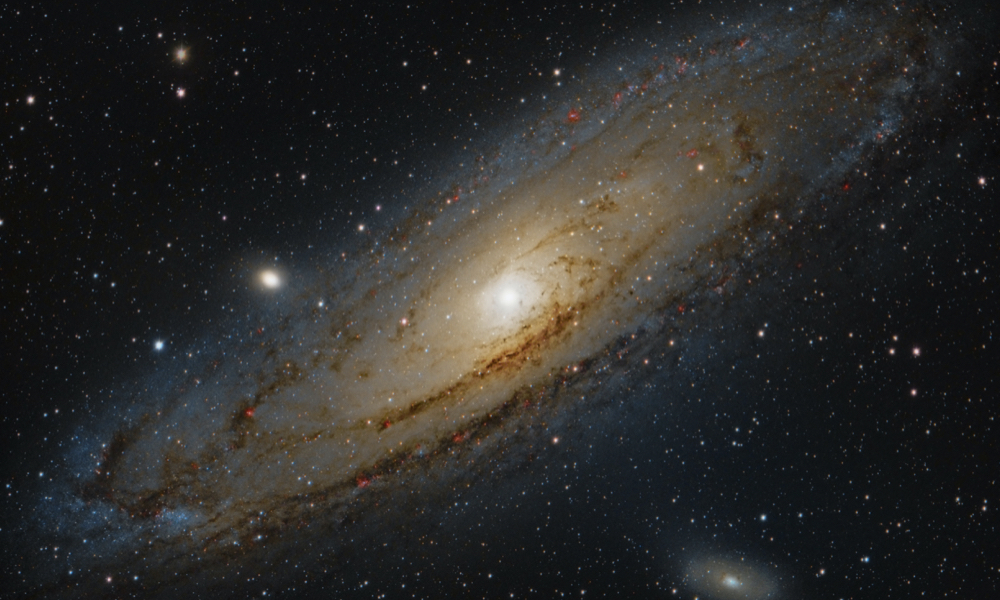
ESA Open Invitation to Tender AO10575
Open Date: 01/12/2020
Closing Date: 28/01/2021 13:00:00
Status: ISSUED
Reference Nr.: 20.112.25
Prog. Ref.: Technology Developme
Budget Ref.: E/0901-01 – Technology Developme
Special Prov.: AT+BE+CH+CZ+DE+DK+EE+ES+FR+FI+GR+HU+IT+IE+LU+NO+NL+PL+PT+RO+SE+GB+CA+SI
Tender Type: C
Price Range: 200-500 KEURO
Products: Ground Segment / Ground Station / Baseband equipment / Telemetry and Telecommand equipment, Tracking, Ranging and Doppler measurement equipment, CODECS, …
Technology Domains: Ground Station Systems and Networks / Ground Station System / TT&C, Radar and Optical Signal & Data Processing
Establishment: ESOC
Directorate: Directorate of Operations
Department: Ground Systems Eng. & Innovation Dept.
Division: Ground Station Engineering Division
Contract Officer: Bednarek, Maren
Industrial Policy Measure: N/A – Not apply
Last Update Date: 01/12/2020
Update Reason: Tender issue
A previous ESA study on Entry Descent and Landing communications technologies (ECOMTEC) identified MFSK (Multiple Frequency Shift Keying) as the the best signal for direct transmission to Earth of very low bit rate telemetry in deep space during EDL.However, other deep space scenarios where reliable low rate transmission of telemetry during critical phases might be needed could benefit of using MFSK. In fact, every deep space mission facing a safe/survival situation where the high or medium gain antenna cannot be pointedto Earth with sufficient accuracy (i.e. a tumbling spacecraft that has lost control of its attitude actuators) has the last resort to communicate to Earth via low gain antenna/s.In this emergency condition, and considering state-of-art communications technology,arobust deep space link budget via low gain antenna/s is hard to achieve at very low bit rates with residual carrier-based phase modulation schemes, being the residual carrier power in the ground station loop bandwidth the limiting factor in most of the cases. Asaresult, ESTRACKs 35 m-diameter Deep Space Antennas (DSA) have limited capability to receive data from spacecrafts (in emergency conditions) farther than 0.5 – 1 AU. This results in a need for baselining the usage of NASAs 70 m-diameter Deep Space Network (DSN) of ground stations for the spacecraft recovery.One of the objectives of this activity prior to breadboard implementation would betofind the minimum TM bit rate (in the order of a few bits per second) that an MFSK signal (or even a phase modulated signal) would be able to support either in safe/survival mode or during an EDL phase, taking into account the particular conditions of both scenarios (i.e., higher Doppler dynamics during EDL, and low C/No). The study should also include an analysis of the existing coding schemes considering the limitations imposed by the very low rates and other conditions of the link.Currently, MFSK transmission capabilities are being developed for a deep space transponder (as part of other ESA activities); however, a ground station receiver with suchcapabilities has not been developed yet. The activity shall hence cover the following points:1) Identification of safe/survivalmode scenarios, reference link budgets and frequency band/s, using ESOC 35 m-diameter ground stations.2) Identification of Entry,Descent and Landing target scenarios, reference link budgets and frequency band/s (from the ECOMTEC study), using ESOC 35 m-diameter ground stations.3) Selection of the modulation schemes that would best support very low bit rate TM for the safe/survival mode, among the ones existing or that are being developed at deep space transponder level.4) Investigation and selection of the coding schemes that would best support the selected modulation schemes, among the ones existing or that are being developed at deep space transponder level.5) Provision of input (document) to support the standardisation of MFSK for these scenarios (to enable inter-agency cross-support.)Design, implementation and testing of a ground receiver breadboard. This breadboard shall include the following capabilities:- An MFSK demodulator (in both the so-called “”special”” and “”classical”” variants), capable of detecting the MFSK tones from anEDL vehicle or a spacecraft in safe/survival mode.- Decoder.- SBI processor for accurate EDL trajectory tracking (Optional).- Other relevant techniques identified during the study.A definition of the ground segment architecture capable of meeting the end-to-end performance of these scenarios shall precede the implementation of the receiver breadboard. The architecture defined in the ECOMTEC study shall be used as a reference.During the development of the breadboard, the analysis carried out in the ECOMTEC RD activity shall be taken into consideration.
If you wish to access the documents related to the Invitation to Tender, you have to log in to the ESA Portal.
